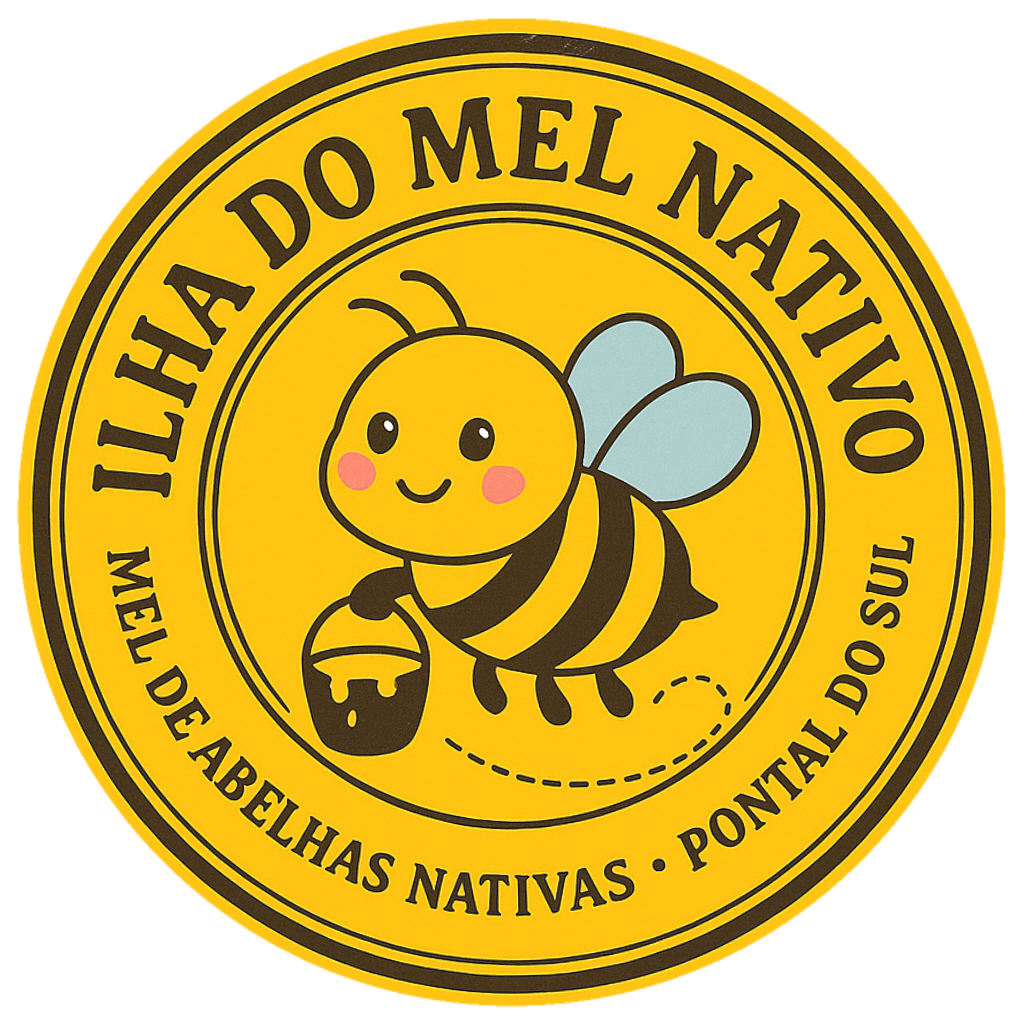Native Bee Honey vs. Regular Honey — Scientific Comparison
Brazil is home to over 250 stingless bee species (Meliponini), many found nowhere else on Earth. These native bees are vital to Atlantic Forest pollination and produce a honey with unique biological and medicinal properties. Below is a concise, science-based comparison with regular honey from the European bee (Apis mellifera).
Notes: Values represent Brazilian research averages. Composition may vary by species, flora, and season.
Scientific findings
- Higher antioxidant and phenolic compounds than most tropical honeys.
- Low pH and enzyme activity inhibit pathogen growth naturally.
- Proven antibacterial, anti-inflammatory, and wound-healing properties.
- Unique bioactive peptides not found in Apis mellifera honeys.
Key references
- Souza, B. A., et al. (2018). Chemical composition and biological activity of Brazilian stingless bee honey: a review. Food Chemistry.
- Biluca, F. C., et al. (2016). Phenolic compounds, antioxidant capacity and physicochemical properties of Brazilian honey from stingless bees. Food Chemistry.
- Vit, P.; Pedro, S.R.M.; Roubik, D.W. (2013). Pot-Honey: A Legacy of Stingless Bees. Springer.
- EMBRAPA — Bees Research
- UFPR — Meliponiculture studies
- USP — Apicultural research
More than a product, native bee honey is a living connection between bees, forest, and people.
Ilha do Mel Nativo — Brazilian Native Bee Honey · Rare. Pure. Healing by Nature.


Comentários